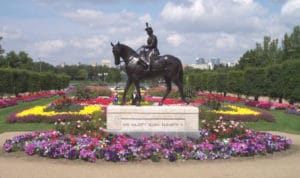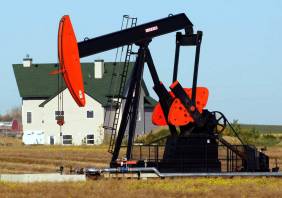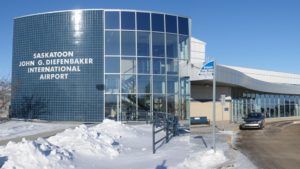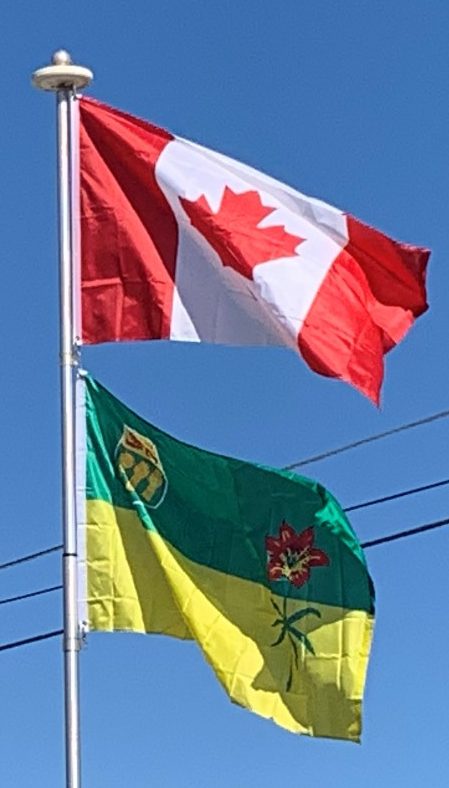
Since the late 20th century, First Nations have become more politically active in seeking justice for past inequities, especially related to government taking of indigenous lands. The federal and provincial governments have negotiated on numerous land claims, and developed a program of “Treaty Land Entitlement”, enabling First Nations to buy land to be taken into reserves with money from settlements of claims.
Economy:
Historically, Saskatchewan’s economy was primarily associated with agriculture. However, increasing diversification has resulted in agriculture, forestry, fishing, and hunting only making up 6.8% of the province’s GDP. Saskatchewan grows a large portion of Canada’s grain. Wheat is the most familiar crop and the one most often associated with the province (there are sheafs of wheat depicted on the coat of arms of Saskatchewan), but other grains like canola, flax, rye, oats, peas, lentils, canary seed, and barley are also produced. Saskatchewan is the world’s largest exporter of mustard seed. Beef cattle production by a Canadian province is only exceeded by Alberta. In the northern part of the province, forestry is also a significant industry.
Mining is a major industry in the province, with Saskatchewan being the world’s largest exporter of potash and uranium.

Oil and natural gas production is also a very important part of Saskatchewan’s economy, although the oil industry is larger. Among Canadian provinces, only Alberta exceeds Saskatchewan in overall oil production. Heavy crude is extracted in the Lloydminster-Kerrobert-Kindersley areas. Light crude is found in the Kindersley-Swift Current areas as well as the Weyburn-Estevan fields. Natural gas is found almost entirely in the western part of Saskatchewan, from the Primrose Lake area through Lloydminster, Unity, Kindersley, Leader, and around Maple Creek areas.
Transportation:
Transportation in Saskatchewan includes an infrastructure system of roads, highways, freeways, airports, ferries, pipelines, trails, waterways and railway systems serving a population of approximately 1,003,299 (according to 2007 estimates) inhabitants year-round. It is funded primarily with local and federal government funds. The Saskatchewan Department of Highways and Transportation estimates 80% of traffic is carried on the 5,031-kilometer principal system of highways.
The Ministry of Highways and Infrastructure operates over 26,000 kilometers of highways and divided highways. There are also municipal roads which comprise different surfaces.
The first Canadian transcontinental railway was constructed by the Canadian Pacific Railway between 1881 and 1885. After the great east-west transcontinental railway was built, north-south connector branch lines were established. Today the only two passenger rail services in the province are The Canadian and Winnipeg–Churchill train, both operated by Via Rail. The Canadian is a transcontinental service linking Toronto with Vancouver.

The Saskatoon Airport (YXE) was initially established as part of the Royal Canadian Air Force training program during World War II. It was renamed the John G. Diefenbaker Airport in the official ceremony, June 23, 1993. Roland J. Groome Airfield is the official designation for the Regina International Airport (YQR) as of August 3, 2005; the airport was established in 1930.
